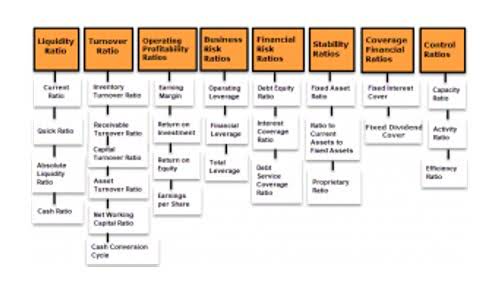Permissible Exempt Purposes Under 501c3 Council on Foundations

501(c)(3) is just one category of 501(c) organizations, but it is the primary nonprofit status through which donations made to the organization are tax-deductible. 501(c)(3) status is regulated and administered by the US Department of Treasury through the Internal Revenue Service. Section 501(c)(3) organizations are restricted in how much political and legislative (lobbying) activities they may conduct. For more information about lobbying activities by charities, see the article Lobbying Issues PDF; for more information about political activities of charities, see the FY-2002 CPE topic Election Year Issues PDF. Additionally, filing IRS Form 990 annually is critical for demonstrating transparency.
What are the Eligibility Requirements for Filing Form 1023?
- 501(c)(3) and 501(c)(4) organizations have many differences, including types of donations they accept, their purposes, and political participation.
- In addition to providing services, 501(c)(3) organizations are responsible for informing and educating the public about their missions and causes.
- Thanks to the Supreme Court decision, Citizens United, 501(c)(4) organizations can also spend unlimited amounts through PACs to endorse candidates that align with their mission.
- Although 501(c)(3) organizations do not have to pay federal income tax, they must still withhold federal income tax from employees’ wages.
- When forming a nonprofit corporation your articles of incorporation will need to include language that limits its purpose to one of these categories and restricts it from engaging in activities that do not further that purpose.
- Public charities are what most people recognize as those organizations with active programs.
Fiscal sponsorship is a time-honored method to spawn new charitable activity when the people with the vision and the energy to do the work do not have recognition of federal tax-exempt status. Subsection (a)(4) payroll describes organizations operated for testing for public safety. All of the organizations described in Section 509(a) are considered public charities.
Legal

As straightforward as that sounds, nonprofit boards must be aware of the rules and restrictions that govern nonprofits to continue operating legally. A brief description of the requirements for exemption of veterans organizations under Internal Revenue Code sections 501(c)(19) and 501(c)(23). Between legal requirements, IRS forms, and trying to make real change in the world, it’s a lot to juggle. To receive 501(c)(3) status, organizations must file an application with the IRS. In addition, in the event that the organization shuts down, its assets cannot be distributed to any individual.
Essential Services for Existing Nonprofits
Nonprofits that engage in lobbying activity are discouraged from filing Form 1023-EZ and should file a complete Form 1023 instead. Funders want assurance that their contributions will be used responsibly, making financial transparency a key factor in securing grants. Nonprofits should maintain accurate financial records and prepare detailed reports on how funds are used. Regular audits or financial reviews enhance credibility and reassure funders of your organization’s fiscal responsibility.
- An organization with a 501(c)(3) status starts out as a nonprofit corporation and then becomes a charity that is exempt from federal taxes.
- Typically, individuals can make donations for up to half of their adjusted gross income and still get the tax break.
- Gifts to 501(c)(4) social welfare organizations or (c)(7) social clubs, for example, are not generally deductible.
- The application fee varies based on your nonprofit’s projected annual revenue.
- Our reinstatement service is for nonprofits whose tax-exempt status has been revoked for failure to file Form 990 for 3 consecutive years.
- An example of a public charity is Susan G. Komen supporting breast cancer awareness.

To request an extension, an organization must file Form 8868, Application for Extension of Time to File an Exempt Organization Return PDF. An organization can file for an automatic three-month extension of time to file Form 990. Organizations can also request an additional three-month extension if the original three months was not enough time, but this extension is not automatic. Additional information with respect to section 6033(i) is available at IRS.gov/charities. For more information, review the Applying for Section 501(c)(3) status course.
A brief description of 5013c the requirements for exemption under Internal Revenue Code (“IRC”) sections 501(c)(8) and 501(c)(10). A brief description of the requirements for exemption under Internal Revenue Code section 501(c)(7). However, the IRS usually recognizes an organization as tax-exempt from the date of the postmark on their application. Before applying, compare requirements to determine whether 501(c)(3) or 501(c)(4) status fits your organization. A brief description of the requirements for exemption under IRC Section 501(c)(3).

501(c)(3) and 501(c)(6) organizations’ earnings cannot substantially benefit an individual or private shareholder. If they’re found to benefit an individual with influence over the organization, the IRS can impose an excise tax on QuickBooks Accountant the individual. The first comparison comes in getting the respective nonprofit status from the IRS.